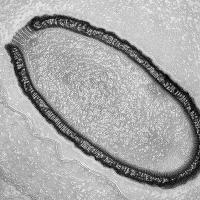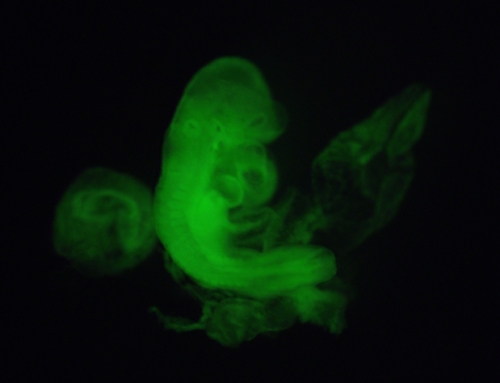Scientists from CNRS in France have discovered a 30,000-year old giant DNA virus from Siberian permafrost. Permafrost is soil that has been below water’s freezing point for years. In this case the last time this was above freezing point was over 30,000 years ago. This means that pathogenic organisms and viruses that were within the soil at that time are likely to be preserved and can potentially be brought back to their infectious state when thawed.
The virus, isolated by the CNRS team, is large enough to be seen under an optical microscope; measuring 1.5 microns in length! Although so large, the viral particle only packs a 600 kb genome. Luckily the virus is only capable of infecting amoeba and not humans. Else imagine a new pathogen doing the rounds! However the authors comment that global warming or industrial exploitation in circumpolar regions, may unleash pathogenic viruses or microbes capable of human infection in the future. How prepared are we?
See original article published in PNAS




